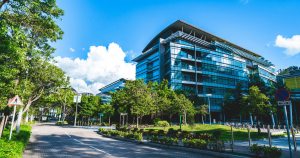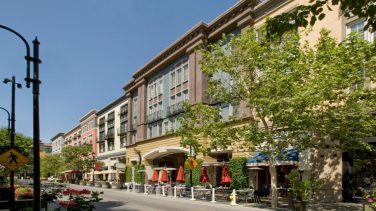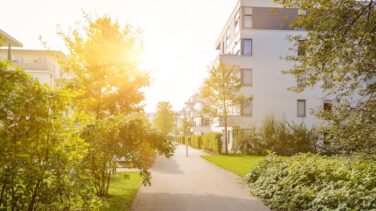Life science is one of the hottest areas of real estate these days. According to a recent article in The New York Times, life science firms are “swooping in to claim” millions of square feet of office space vacated during the pandemic. Developers have taken note: Many who paid little attention to life science before the onset of COVID-19 are now pursuing opportunities to build lab and research facilities for the burgeoning sector, either through ground-up construction or adaptive reuse.

The strong demand for and high rents commanded by these spaces have shifted attention to the potential return on investment rather than to the challenges involved in building or repurposing. As the Times article points out, ground-up construction can take years. Conversions, on the other hand, might entail extensive (and expensive) upgrades or additions to systems. Developers willing to tackle these challenges still face another hurdle: They need to obtain buy-in from residents who live near the project sites. Without this buy-in, even the most capital-rich, thoughtfully designed projects are primed for failure.
This hurdle is hardly insurmountable, however. On the contrary, developers can pave the way toward success through a straightforward, tried-and-true method — engaging communities in the planning process. It’s no surprise that participation engenders support: After all, we found in our recent survey that most people consider themselves pro-development. Furthermore, many life science developments bring with them significant benefits to a community, such as economic growth, job creation, new parks, green space, community centers, and expanded retail and restaurant options. Awareness of these benefits increases the likelihood that resident stakeholders will back a project.
Of course, the benefits do not appear immediately. In the short term, residents may have to put up with construction and inconvenience – more than with a typical mixed-use or housing project due to the size, scope, and complexity of life science campuses, which frequently encompass multiple buildings with large footprints. Therefore, it’s essential for developers to engage as many members of the community as possible, as early in the process as possible, to address their concerns. Residents who have a say in what gets built — and how it gets built — will accept the short-term annoyances in exchange for a better future in the long term.
We see this cycle emerge again and again across the life science projects that use the coUrbanize platform. These projects have little in common with one another: Some are in city centers; others are in suburbs. Some occupy sites of former malls; others are housed in former industrial parks. Some are located in well-established hubs for life science, e.g., the Bay Area and Boston/Cambridge; others are in emerging hubs like Dallas or Watertown, Massachusetts. The common denominator? All have enjoyed positive outcomes because their developers took the initiative to engage with residents.
Cases in point:
- Two of the many new life science buildings in the heart of Kendall Square, 325 Binney Street and 399 Binney Street, posted weekly construction updates about the progress of each project while also curating ideas from the community about what changes in the neighborhood they are looking forward to in the future.
- One of our customers in the life science space also makes a tremendous effort to respond to community needs in real-time. For example, there is a movie theater near one of their project sites. An older couple who lived nearby would go to the movies every week, stopping at a nearby bench to make the walk easier. During development, the bench was removed, so the couple couldn’t do their weekly movie night. However, the developer found out how important that bench was, so they immediately added a new bench in the same location before construction was ever complete. It’s a small example, but it does showcase how important our public spaces are and how the choices that are made without neighbors’ knowledge, even at the smallest level, really impact the fabric of a community.
As these cases demonstrate, communication and engagement can play a significant role in moving life science developments forward. These developments are filling the gaps left by empty office buildings, malls, parking lots, and warehouses, and boosting economic recovery. Most people would agree that these transformations are positive. But when they’re taking place close to home, the locals – understandably – want the opportunity to weigh in. Smart developers will make that possible. Together with residents, they’ll be able to bring life science developments to life.


